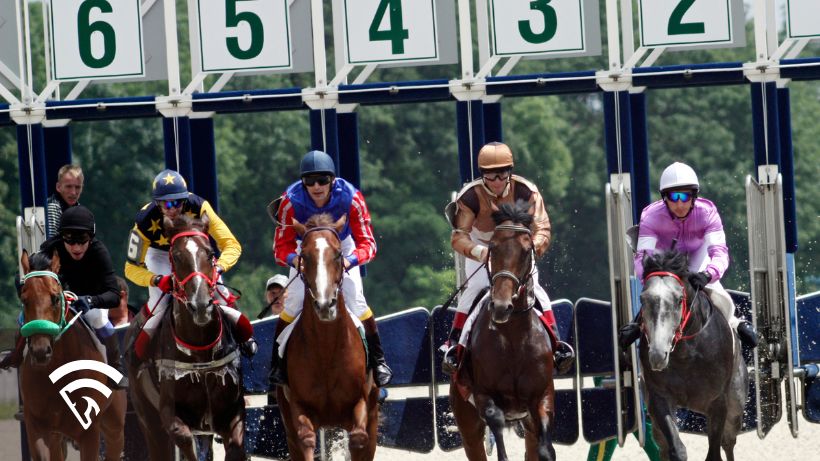What is a Trouble Line?
A trouble line is the short, often abbreviated note in a horse’s past performance line that describes any issues or incidents that occurred during a race. These notes are written by chart callers and appear beneath the running line in past performances, offering a snapshot of events like poor starts, traffic problems, wide trips, or being bumped.
They don’t tell the whole story, but they’re one of the few ways casual bettors can get a sense that something went wrong without watching the replay.
Where Trouble Lines Come From
Trouble lines are part of the official race chart, which is produced after every race by a chart caller who observes the running of the race in real time. These notes are then condensed into short phrases and added to the past performances provided by racing data services like Equibase or Daily Racing Form.
Examples include:
- “Steadied early”
- “Checked sharply”
- “Bumped start”
- “3w, bid, flattened”
- “Blocked upper stretch”
Each of these phrases offers a clue—but they are brief, and not always complete.
What a Trouble Line Can Tell You
Used properly, a trouble line can help you identify horses who might have been better than their final placing suggests. A horse that finished 6th but had a comment like “rail trip, boxed, no room” may have had much more to give. Likewise, a horse that was “rank early” might have wasted energy that affected its finish.
That said, not every trouble line is actionable. Some are vague, overly generous, or reflect only a minor issue. That’s why experienced handicappers use trouble lines as a prompt—not a conclusion.
Limitations of Trouble Lines
While helpful, trouble lines have real limitations:
- They’re subjective. Chart callers interpret what happened, and two viewers might describe the same trip differently.
- They’re incomplete. A short phrase can’t capture the full context of a horse’s positioning, energy use, or potential.
- They can be misleading. Sometimes a horse appears to be in trouble, but the outcome was never going to change.
This is why serious players often follow up with replays. A trip note based on your own observation can either confirm or contradict the trouble line—and that’s where edges are found.
Using Trouble Lines Effectively
Trouble lines are most useful when:
- A horse is stepping into a similar spot next out
- You’re looking for hidden value in a crowded field
- The horse was favored last time and lost with an excuse
- The trouble isn’t reflected in the odds line
They’re less useful when the line is vague, such as “no threat” or “evenly,” or when the horse has had the same issue repeatedly.
You can also build a better picture by combining trouble lines with tools like pace figures, running style, or surface changes.
Final Thoughts
A trouble line is a starting point, it tells you something went wrong, but not everything. When used with context and replay review, it can be a valuable signal in identifying horses who are better than their recent record might show.
To track how trouble impacts race outcomes and follow horses coming out of compromised trips, check out the EquinEdge Race Results page and pair what you see with what you read.
